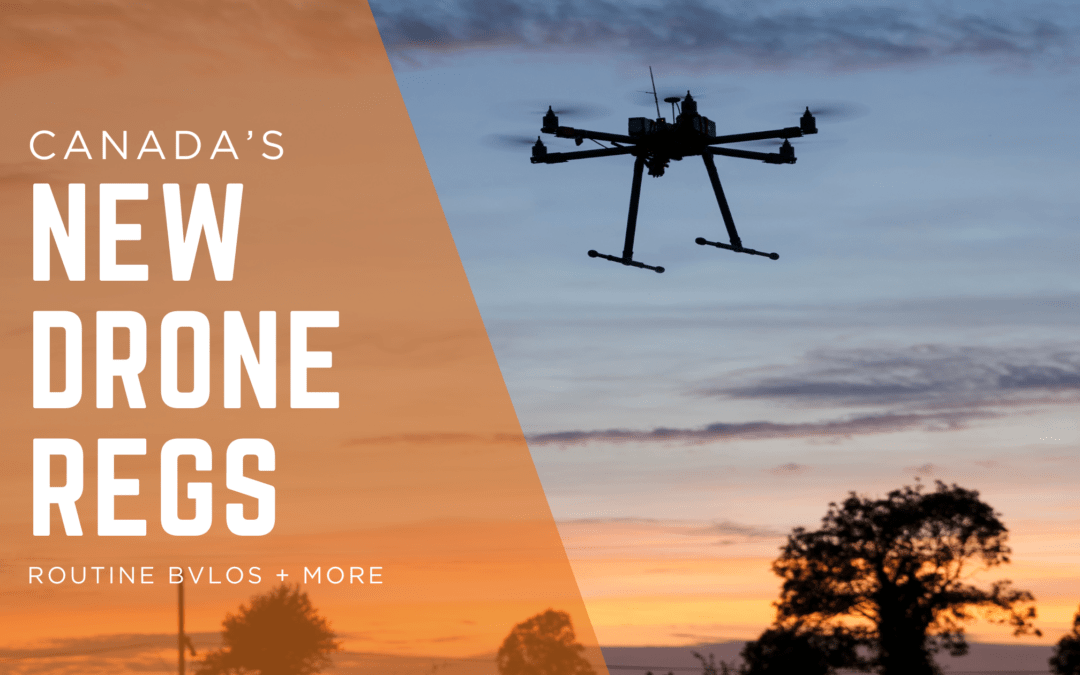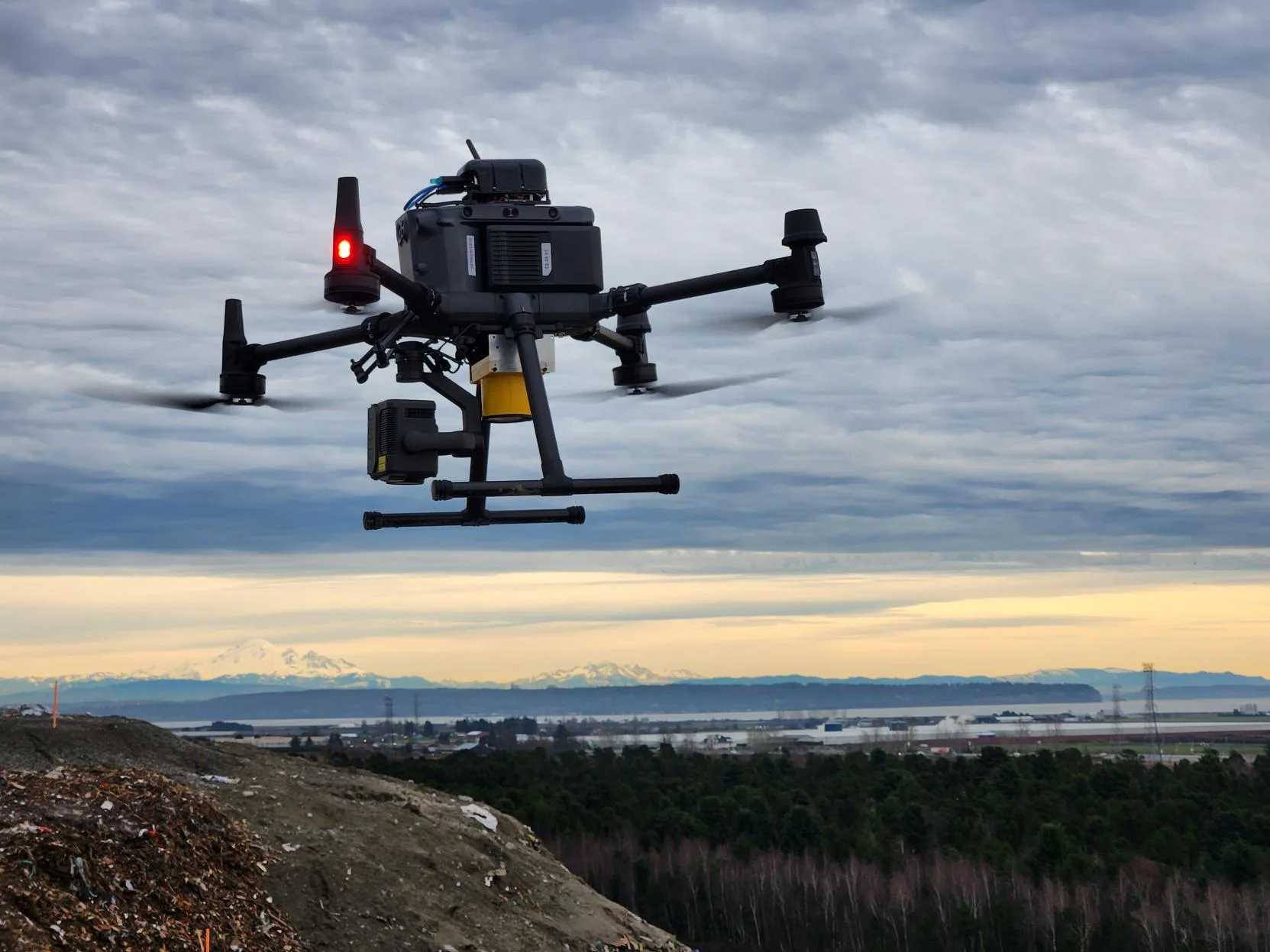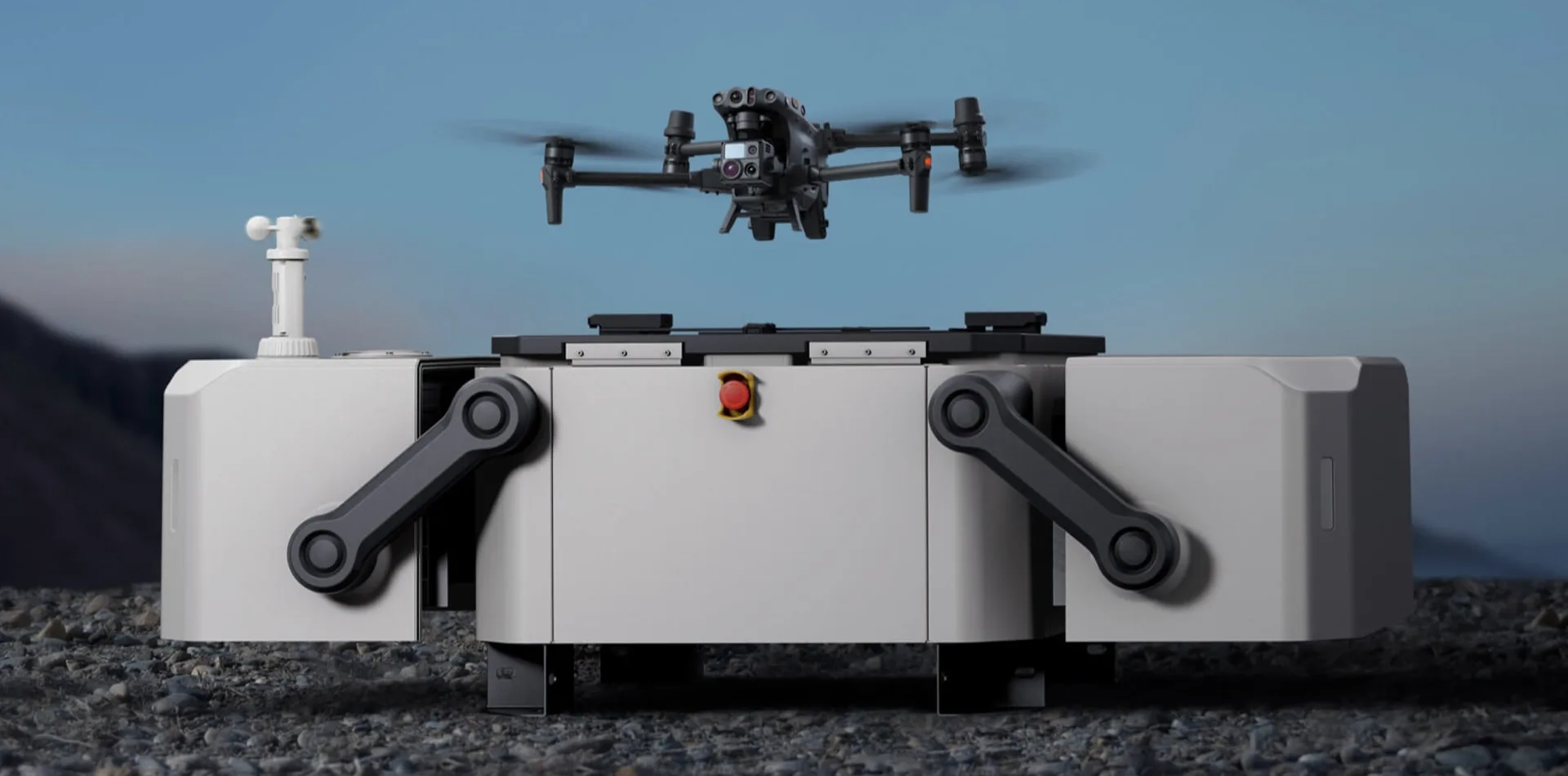
InDro, UBC partner on medical drone deliveries to remote communities
By Scott Simmie
InDro Robotics is pleased to partner with the University of British Columbia on a pilot project that will use drones to deliver critical medical supplies to remote communities in that province.
It’s a use-case InDro has long supported. In fact, during previous trials we have securely delivered prescription medications to Gulf Islands in conjunction with Canada Post and London Drugs. It was Canada’s first-ever BVLOS RPAS delivery of its kind. That, however, was a short-term demonstration. The UBC partnership is long-term and has broader goals.
“There are multiple aspects to this project,” explains InDro Robotics Founder and CEO Philip Reece. “In addition to delivering critical medical supplies, we’ll be evaluating what kinds of cargo can be delivered, how drones perform in year-round weather, and ultimately how beneficial this service is for communities and local health-care providers.”
Initially, the project will focus on transporting personal protective and laboratory test swabs before expanding to include prescription medications and other supplies – including blood products. InDro has expertise in this field as well, carrying out trials in Montreal in 2019 to deliver simulated blood products by drone between hospitals. The work required strict temperature controls to ensure viability.
All of this is very much up our alley. In fact, InDro carried out deliveries of COVID test supplies during the height of the pandemic to a remote First Nations community:
LOGICAL, EFFICIENT
You don’t need to look very hard to find examples of where drone delivery of medical supplies has been hugely successful. The most well-known is Zipline, which has logged more than 100 million miles (160M km) delivering vaccines, blood products and other medical supplies in Africa and has recently expanded into some US locations.
The philosophy here is simple: It’s much faster and more efficient to move products to patients – rather than vice-versa.
“For generations, we’ve had a medical system where we tend to move patients to resources, as opposed to resources to patients,” explains Dr. John Pawlovich, the Rural Doctors’ UBC Chair on Rural Health, in this UBC post on the project.
“It’s the same problem around rural Canada and around the world—resources that patients need are either in short supply or they don’t exist in rural, remote or Indigenous communities.”
Dr. Pawlovich and his team are working closely with the Village of Fraser Lake, located west of Prince George, as well as with the Stellat’en First Nation. Both of these qualify as isolated communities, where it’s not always easy to get critical supplies quickly.
“Based on the isolated location of our community and the needs of our residents, drone transport may enhance our access to COVID-19 testing and medication without travelling and endangering other members of our community,” says Chief Robert Michell of the Stellat’en First Nation.
NOT JUST PATIENTS
It’s not simply about making things easier for patients. As we learned with shuttling COVID test supplies to and from Penelakut Island, it can also help healthcare providers. In that example, it meant a community clinic worker no longer had to pick up and deliver these supplies in person – a nearly full-day endeavour that took them away from helping patients in their community. Instead, in coordination with InDro Ops, they simply loaded or unloaded a drone that landed outside their clinic.
And, says Dr. Pawlovich, there’s no question the selected communities could benefit from a boost in healthcare access.
“Residents of rural, remote and Indigenous communities face much greater health-care disparities than other residents of BC,” he says. The UBC article states that life expectancy is lower and that people in these communities have reduced access to specialty care, imaging and laboratory investigations.
“These inequities predate COVID-19. They’ve been amplified during the pandemic and continue to exist. We’re looking at how technology can start to shrink and close that inequity gap.”
Below: Stellat’en First Nation, which is close to the Village of Fraser Lake. The drone deliveries will be coming from Prince George.

INDRO’S TAKE
This isn’t our first foray into the world of healthcare and drone delivery. But it is our first long-term project in the field.
“There’s a lot we’re going to learn with this research,” says InDro Robotics Founder and CEO Philip Reece. “As it progresses, we hope to expand the range and payload of these missions to best benefit patients and healthcare providers. Over time, it’s our hope to be able to respond even to emergencies, getting supplies to those who need them most in a timely fashion.”
Flights for the new project will commence in 2026 – and we’ll be sure to update you!




















